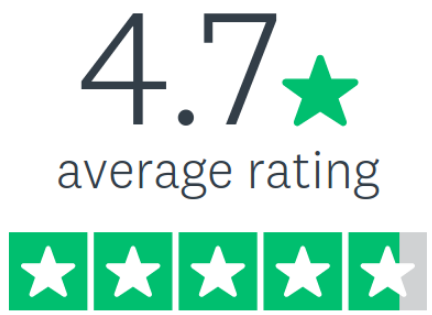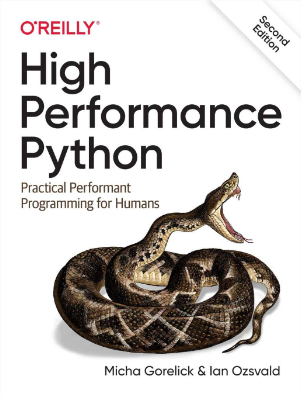This is a 3 morning virtual course (Zoom & Slack) held for a small group of circa 10 people. This course mixes numeric scenario solving, new high performance tools and processes to explore ways to help you and your team be more performant and to write more performant solutions with Python. This is particularly focused on scientific Python.
It is aimed at existing Python programmers who have 2+ years of prior programming experience and who need their Python code to run faster.


